We have all heard that most of what we say to others is non-verbal. One UCLA study found that up to 93% of communication is through non-verbal cues. In fact, our body language gives away how we’re feeling at times when maybe we don’t even cognitively realize it.
Your partner is an expert on picking up non-verbal signals from you
So basically, he or she can often tell how you’re feeling even if you don’t know. On one level, you may be feeling distressed about something without realizing it at the cognitive/verbal level. Your partner picks up on physical cues that you send off about this feeling even if you aren’t able to articulate that feeling yourself. In a healthy relationship, he or she might ask you “what’s wrong?” even if you aren’t 100% aware of something feeling off. How sensitive and understanding of them!
But there is more to non-verbal communication than our body language or gaze
When we think about “non-verbal communication” we might think about tone, body language, and eye contact. These things are all important parts of non-verbal communication. But there is a huge part of non-verbal communication that we often forget about that is of paramount importance in relationships.
Touch
And I’m not talking about sex. In fact, out of 12 behaviors indicating increasing intimacy that couples tend to follow, sex was about midway through the list. Other behaviors involving touch were in the majority of those listed.
Psychology Today — the most scholarly of psychology journals (just kidding) — just released a piece about touch that calls attention to this forgotten method of communication. Touch is described as our earliest language, and one that is necessary for us to “re-learn.”
Your skin is your largest organ, and certainly your largest sensory organ.
We may not be porcupines and communicate so obviously through our skin, but let’s not forget that we are animals. We like to feel that we’re in control of our experience and privilege our thoughts, but the parts of our brain that think logically and use words came late to the scene in the game of evolution.
Emotions were there before words, and much of our often automatic, emotional experience exists to help us survive. Our skin, like other non-verbal factors, can often give away this sense of how we’re feeling. Just think about making a difficult presentation and getting hot and sweaty, perhaps turning red.
It is unsurprising then that touch plays such a big role in conveying how we feel to others, particularly our partners.
Just how much can we communicate through touch?
More than we realize. In fact, in a 2009 experiment at DePauw University, psychologist Matthew Hertenstein showed that we are able to pick up on emotions through touch alone. In his experiment, volunteers conveyed 8 emotions (anger, fear, disgust, love, gratitude, sympathy, happiness and sadness) through touch to blindfolded participants. If chance alone were to account for the rate at which participants rated the emotions, they would have gotten about 25% right.
Their accuracy rates were at 78%
Not bad – especially for strangers! They all underestimated their ability to communicate through touch, but with a 78% accuracy rate in decoding emotions communicated with touch, their ability to sense was greater than they knew.
The language of touch is one we are born with
We just sort of forget how important it is as we grow older.
And touch does so much for us
When touch is offered affectionately to another, it increases levels of oxytocin, a hormone indicated in bonding also referred to as “the cuddle hormone,” which has been shown to not only strengthen the bond between people but has also demonstrated anti-depressant and stress reducing effects as well. Touch also lowers cortisol, a stress hormone that is indicated in many diseases. Touch lowers one’s heart rate. Even petting a dog or a cat can help lower blood pressure in individuals with hypertension.
What does touch say about the strength of a relationship?
Most relationships generally start out with some touch and increase to a peak as a couple falls in love. After a couple commits to stay together, the amount of touching hasn’t been shown to continue to increase, but decreases to some extent and eventually levels off.
The health of a relationship is actually demonstrated not so much by how much touch there is (even though satisfied couples do tend to have higher rates of touching) but how much touch is reciprocated. Just as it’s important for couples to turn toward each other especially during bids for emotional connection, reciprocating your partner’s touch is key to keep your relationship strong.
If your partner offers a touch and you respond in kind, your partner is more likely to rate your relationship as being characterized by intimacy, emotional responsiveness and satisfaction. The happiest of relationships are those in which the ratio of touch is close to 1:1 by both partners.
Touching them back conveys the crucial message that they matter and you are responsive
There’s not much more that’s important in relationships than exchanging that message.
So get your touch on, and don’t forget to reciprocate when your partner reaches out to you with a touch.
Cheers to your best relationship,


 Loading...
Loading...





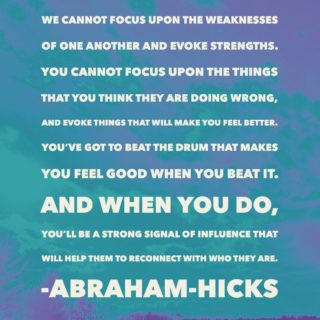






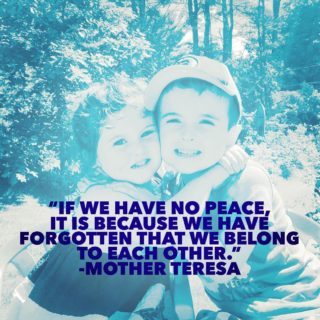

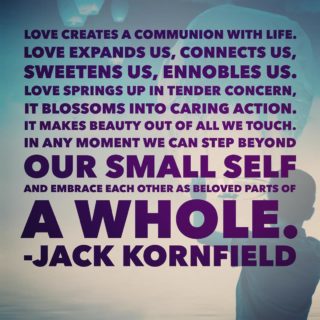
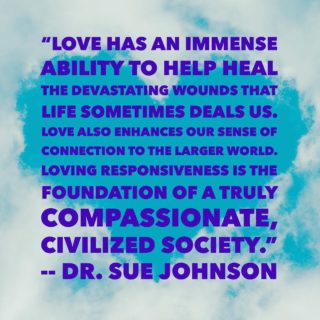




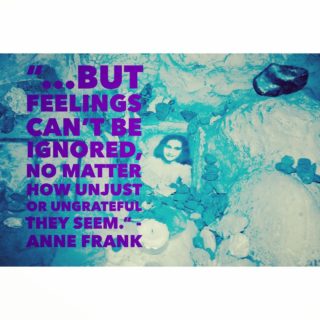









Leave a Reply